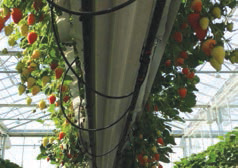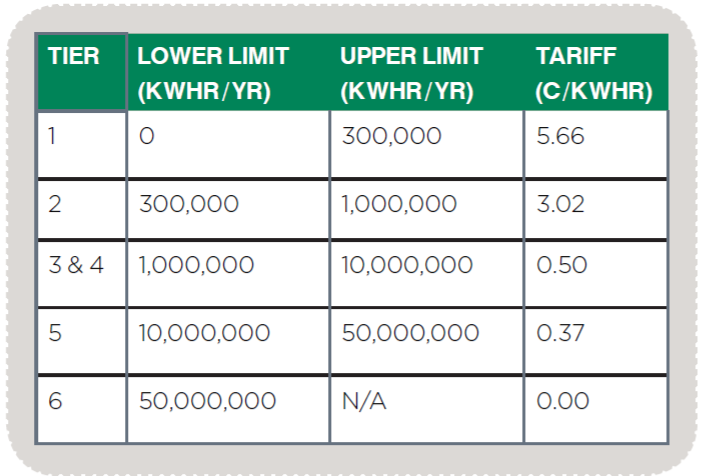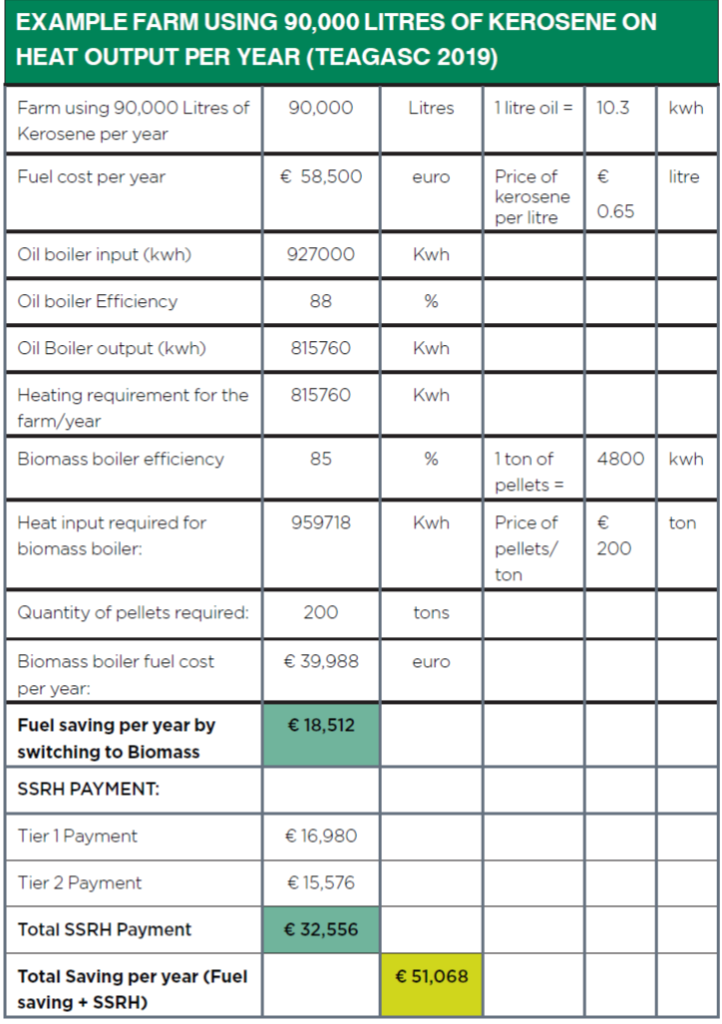ENERGY IN HORTICULTURE EVENTTeagasc recently held an Energy in Horticulture event in Ashtown. This seminar introduced growers to the SEAI’s Exceed programme; informed them about on-farm electricity generation using photovoltaic (PV) panels and wind turbines; NDP grant availability and tax incentives; the very latest on the Support Scheme for Renewable Heat and grower’s experience of installing PV. At an individual farm level investment in renewable energy technologies will reduce carbon emissions and the high cost of energy inputs. Presentations from the day are available on the Teagasc website. ✽ |
‘NEW LEAVES’ RESEARCHGiven the current interest in Eucalyptus particularly for foliage and other uses, a DAFM funded project ‘New Leaves’ aims at improving and perfecting propagation methods through micro-propagation and vegetative techniques to allow for rapid bulking of plant material of elite clones. The propagation work is also looking at using technologies to develop new lines specifically for cut foliage and is being led by Teagasc propagation expert Dr. Gerry Douglas and Dr. Farhana Alfrose of Teagasc Ashtown with the support of technician David Wallace in the glasshouse unit at Kildalton College. This innovative work is exciting those in the industry and the market and there will be an opportunity to see how the research work is progressing along with other aspects of Eucalyptus cultivation at a focused event due to be held on the 15 August in Kildalton College. The event should interest those growing Eucalyptus for ornamental purposes including hardy nursery stock, landscaping and cut foliage but also for forestry and biomass. ✽ |
SUPPORT SCHEME FOR RENEWABLE HEAT (SSRH) LAUNCHEDPhase two of the SSRH was officially opened for applications on June 4th. It provides operational support for biomass boilers and anaerobic digestion heating systems. This scheme should be of significant interest to the horticulture industry as there are large heating requirements in many sub-sectors of Horticulture. Phase one of the scheme was launched in September 2018, which was an installation grant for heat pumps of 30%. Phase two of the scheme is of particular interest as it encourages producers/growers to install renewable heat technologies with tariff payments to incentivise adoption. See the table below, which is used to calculate the tariff payment for each business which is accepted into the scheme: Using current prices for wood pellets and kerosene, there is a significant gain to be made when you combine the saving on fuel and the SSRH operational payment. For example, a typical mushroom unit using 90,000 litres of Kerosene per annum has the potential to save €18,512 each year on fuel costs by switching to biomass wood pellets. The farm would also be entitled to an SSRH operational payment of €32,556 per annum based on heat output for the farm of 815,760 Kwh. In total, the farm would save €51,068 per annum by switching from an oil boiler to biomass heating boiler. In terms of carbon footprint, businesses will significantly reduce CO₂ emissions. For the mushroom unit displacing 90,000 litres of kerosene per year, this reduces CO₂ emissions produced by 210 tonnes. This is a very significant reduction in carbon and businesses should consider the return on investment in terms of green credentials and putting their businesses onto a more environmentally sustainable footing. The carbon tax is expected to rise in this year’s budget as Ireland aims to reduce greenhouse gas emissions by 20%. The Climate Change Advisory Council has strongly recommended Ireland incrementally increase the carbon tax to €80 per tonne by 2030 to make a meaningful reduction in rising carbon emissions. An increase in carbon tax which currently is €20 per tonne of carbon will lead to a further increase in the price of fossil fuels. All these factors make the SSRH scheme more attractive and sensible from a commercial point of view. For those interested in applying for the scheme, the process is broken into 6 stages: Applicants can start the application process by submitting an online application form at the link on the SEAI website at the following link: https://www.seai.ie/sustainable-solutions/support-scheme-renewable-/ |














